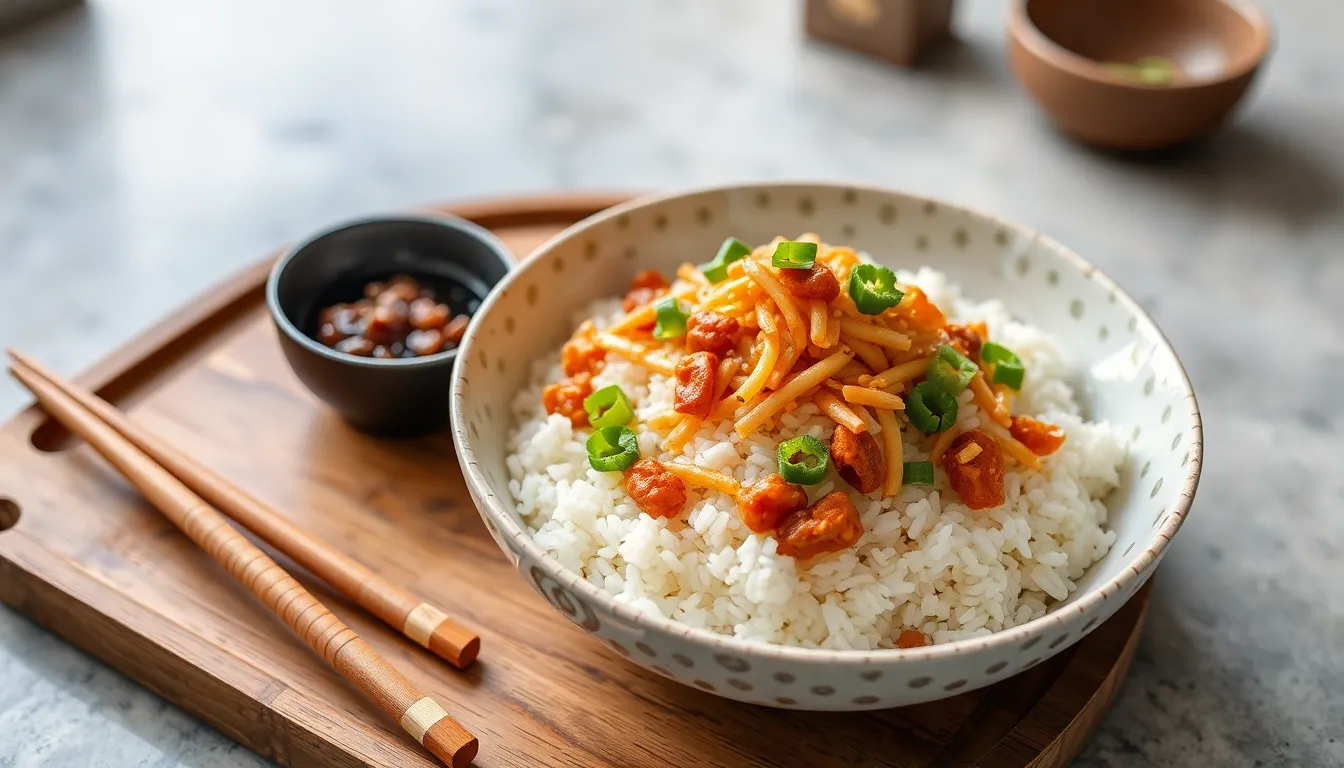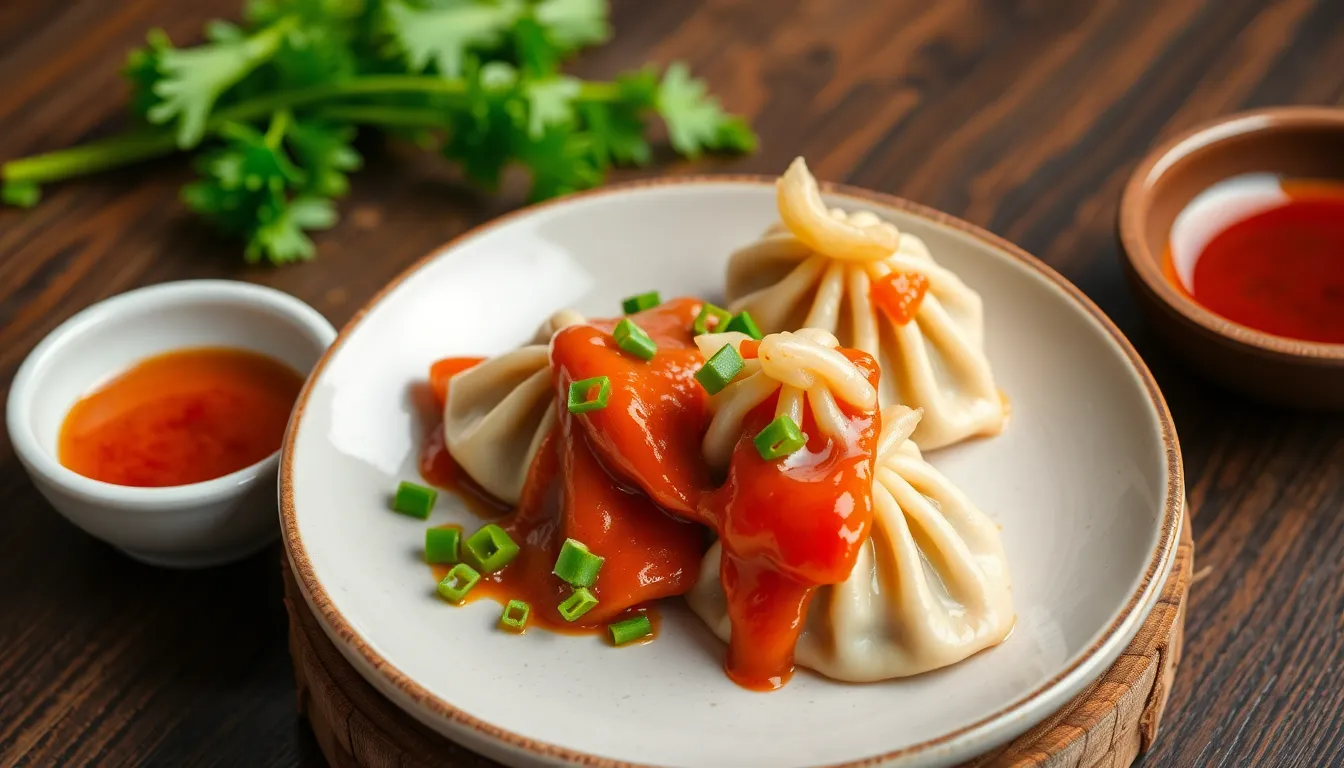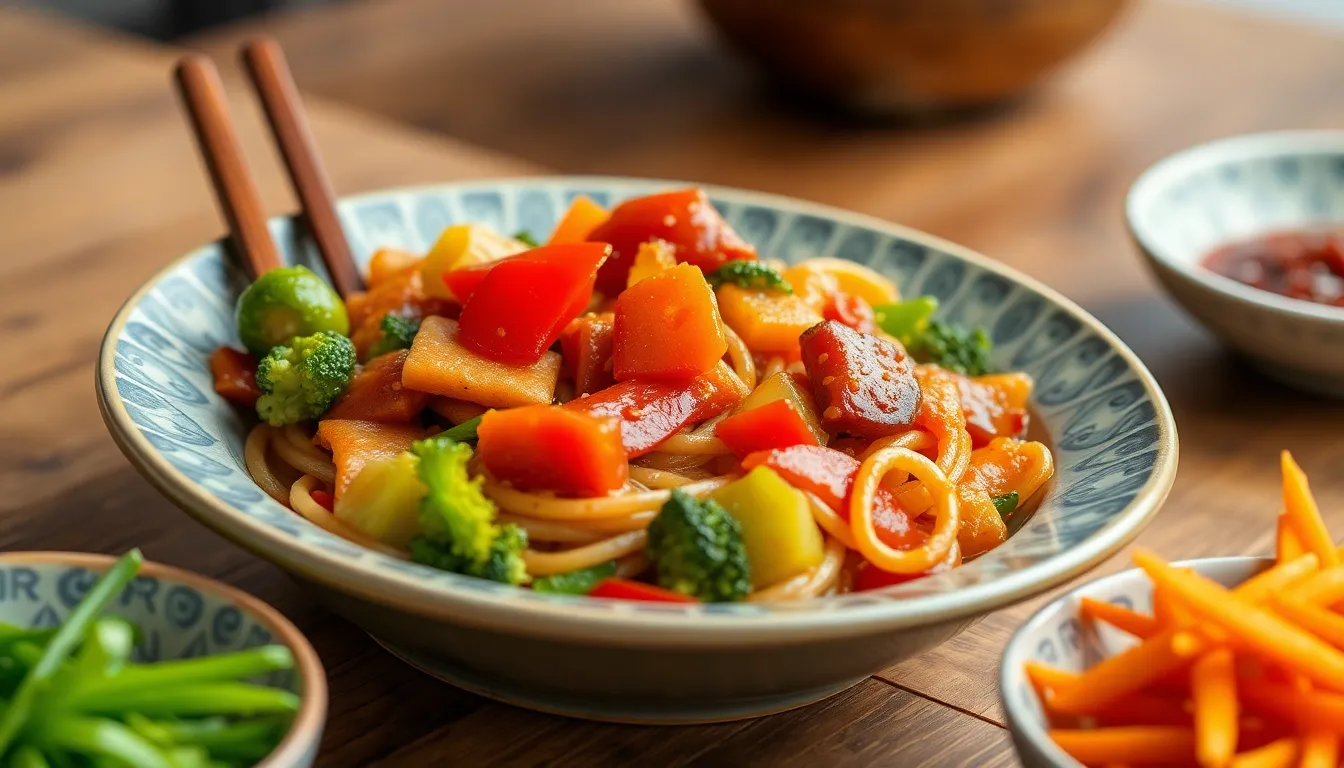Spice It Up: How to Perfectly Balance Flavors in Your Chinese Cooking
Welcome to the wonderful world of Chinese cuisine, where each dish is a vibrant tapestry of flavors and aromas! Understanding how to balance flavors is an art that can elevate your cooking from ordinary to extraordinary. In this article, we will explore the intricacies of flavor balancing, focusing on the five fundamental flavors: sweet, sour, salty, bitter, and umami. By the end, you’ll be equipped to create harmonious dishes that echo the beauty and depth of traditional Chinese cooking.
Introduction: The Art of Flavor Balancing
Flavor balance is not just a guideline; it’s the essence of Chinese cooking. Each ingredient contributes to a symphony of taste, where every note plays a crucial role. The five fundamental flavors—sweet, sour, salty, bitter, and umami—interact with each other, creating a delightful culinary experience. Whether you’re plating a humble stir-fry or a lavish banquet dish, mastering flavor balance will transform your meals into memorable feasts.
Section 1: Understanding the Flavor Wheel of Chinese Cooking
1.1 The Five Elements of Flavor
Let’s delve into the five elements of flavor and discover how each can be utilized in your cooking:
- Sweetness: This flavor often rounds out the sharpness of others. Common sweet ingredients include sugar and honey.
- Sourness: A vital counterbalance to sweetness, sour notes can come from vinegar, citrus fruits, or even tomatoes.
- Saltiness: Essential for seasoning, saltiness enhances other flavors. Key sources are soy sauce and salt.
- Bitterness: While sometimes overlooked, bitterness adds depth. Ingredients include bitter melon and certain greens.
- Umami: Known as the savory flavor, umami can be found in mushrooms, fermented products, and soy sauce.
1.2 Creating Your Personal Flavor Profile
Experimentation is key in finding your unique flavor profile. Here are some tips to guide you:
- Start by using one ingredient from each flavor category in your dishes.
- Pay attention to how ingredients complement each other.
- Consider keeping a flavor journal to document your experiments and favorite combinations.
Section 2: Essential Techniques for Flavor Balancing
2.1 Mastering the Stir-Fry: Quick and Flavorful
The stir-fry technique is a cornerstone of Chinese cooking, allowing quick cooking at high heat to lock in flavors. Here’s how to master it:
- Use a wok or a large skillet for even heat distribution.
- Prep your ingredients in advance; everything should be ready to go.
- Cook proteins first and set aside before adding vegetables.
Here’s a handy table for cooking times and ideal ingredients for different vegetables:
| Vegetable | Cooking Time (minutes) | Ideal Pairing |
|---|---|---|
| Bell Peppers | 2-3 | Soy Sauce, Garlic |
| Broccoli | 3-4 | Oyster Sauce, Ginger |
| Carrots | 3-5 | Honey, Sesame Oil |
| Snow Peas | 1-2 | Lemon Juice, Chili Flakes |
2.2 The Magic of Marinades: Infusing Flavor
Marinades are a fantastic way to infuse flavors into proteins and vegetables. Here’s how to construct a balanced marinade:
- Acidic Component: Use vinegar or citrus juice for sourness.
- Sweet Component: Honey or sugar adds sweetness.
- Salty Component: Soy sauce or salt enhances overall flavor.
- Spices and Aromatics: Garlic, ginger, or herbs for depth.
Combine these elements and let your ingredients marinate for at least 30 minutes for maximum flavor absorption.
Section 3: Herbs and Spices: The Heartbeat of Chinese Cuisine
3.1 Unlocking the Power of Aromatics
Aromatics are the unsung heroes of flavor in Chinese cooking. Here are some key players:
- Garlic: Adds a pungent warmth.
- Ginger: Provides a zesty spiciness.
- Scallions: Offers a mild onion flavor that brightens dishes.
Use these aromatics liberally to enhance the depth of your dishes—add them at different stages of cooking for varied effects!
3.2 Spice It Up! A Guide to Chinese Spices
Spices are essential for adding unique flavors. Here’s a closer look at some common Chinese spices:
- Star Anise: Sweet and aromatic, pairs well with savory dishes.
- Sichuan Peppercorn: Provides a numbing heat that enhances spiciness.
- Cinnamon: Adds warmth and sweetness, especially in stews.
When using spices, consider how they can balance other flavors in your dish. A pinch of spice can transform a recipe!
Section 4: The Role of Sauces in Flavor Balancing
4.1 Essential Chinese Sauces to Keep on Hand
Sauces are the lifeblood of flavor in many Chinese dishes. Here are some staples to always have in your pantry:
- Soy Sauce: Universal seasoning.
- Hoisin Sauce: Adds sweetness and depth.
- Oyster Sauce: A savory umami flavor booster.
Experiment with blending these sauces for a depth of flavor that is uniquely yours!
4.2 DIY Sauce Recipes for Flavor Mastery
Here are a couple of simple sauce recipes to try:
Sweet and Sour Sauce
- 1/2 cup sugar
- 1/2 cup vinegar
- 1/4 cup ketchup
- 1 tablespoon soy sauce
- Combine all ingredients in a saucepan and simmer until thickened.
Basic Stir-Fry Sauce
- 1/4 cup soy sauce
- 2 tablespoons rice vinegar
- 1 tablespoon sesame oil
- 1 tablespoon cornstarch (for thickening)
- Mix all ingredients and use as a marinade or stir-fry sauce.
Section 5: Mastering the Balance of Texture and Flavor
Flavor is not the only component that matters; texture plays a significant role in the overall dining experience. In Chinese cuisine, you’ll often find a delightful contrast of textures that heightens enjoyment:
- Crisp: Incorporate vegetables like bell peppers and carrots for crunch.
- Tender: Cook proteins just right so they remain juicy.
- Chewy: Add elements like mushrooms or tofu for a satisfying bite.
By balancing texture with flavor, you create a multi-dimensional experience that captivates the palate!
Conclusion: Your Journey to Flavor Mastery Begins
Mastering the balance of flavors in Chinese cooking is akin to painting a masterpiece; it requires practice, patience, and a willingness to experiment. Embrace the five fundamental flavors, utilize essential techniques, and keep your pantry stocked with aromatic ingredients and sauces. Remember, the journey of flavor mastery is ongoing—enjoy the process and savor every bite!




